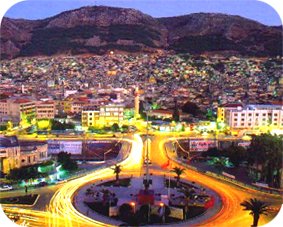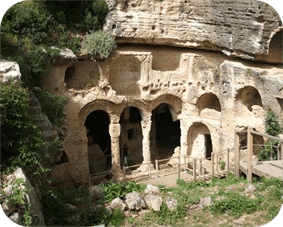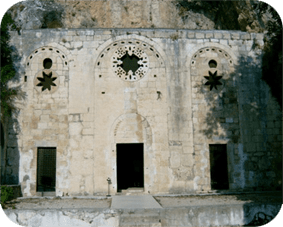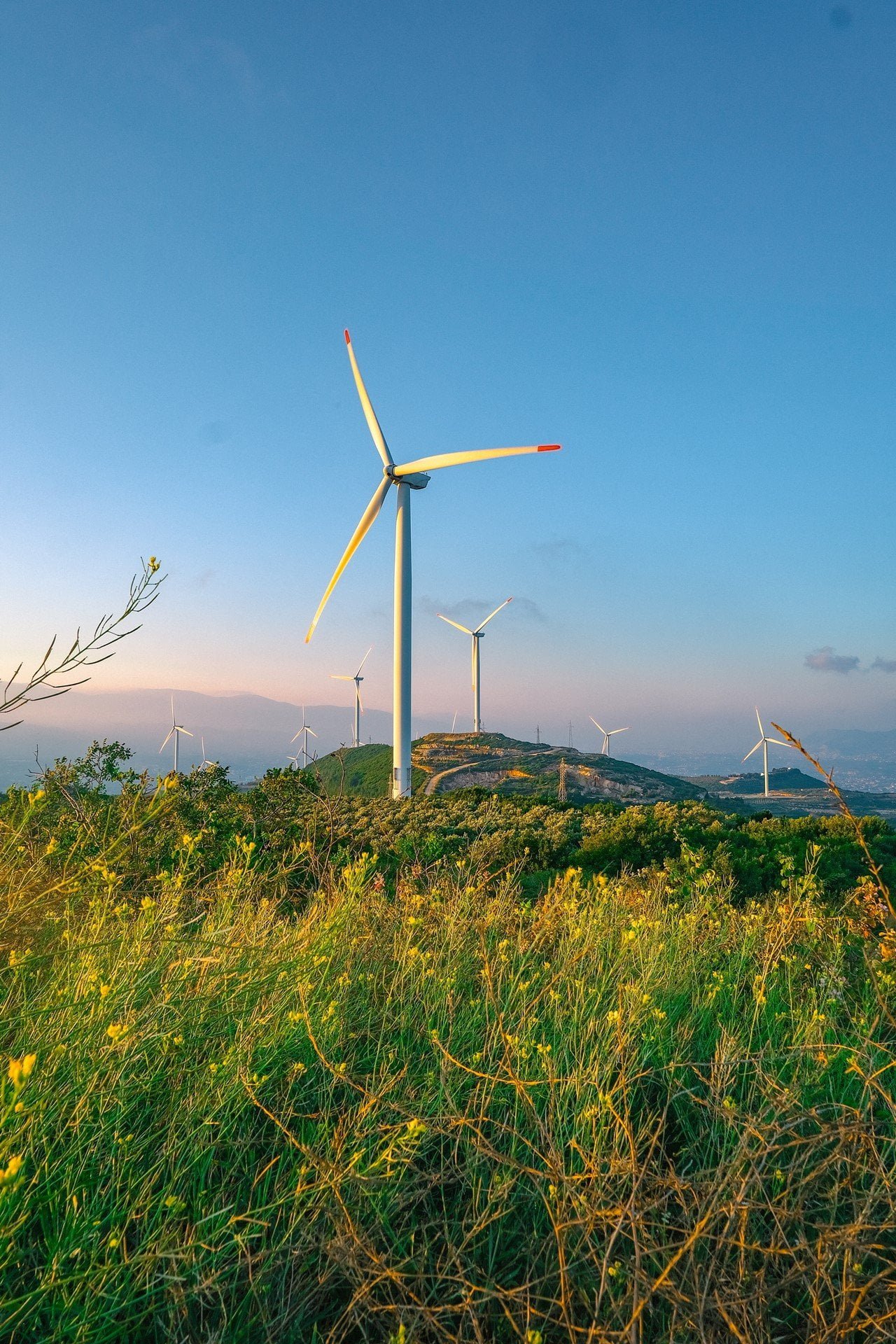ANTAKYA (ANTIOCH)
Antakya, the biblical city of Antioch, lies on the Asi River (Orontes) on a fertile plain surrounded by the grant mountains. Once the capital of the Seleucid kings, it was notorious for its wealth and luxury In Roman times, the city continued to thrive with commerce and culture. It featured prominently in early Christianity and St. Barnabas, St. Paul and St. Peter all visited the city. For joining our special In the Footsteps of St. Paul tour please check our tour page. The Antakya Museum houses one of the richest collections of Roman Mosaics in the world. (Open weekdays except Monday). These fantastic mosaics in stone were uncovered mostly at excavations in Antakya and nearby Daphne. Outside the town the grotto of St. Peter is the cave church from which the Apostle preached for the first time and where he established the Christian community. In 1983 the church was declared a holy site by the Vatican. Other places of interest include a Bustling Bazaar and the Mosque of Habib Neccar South of the grotto, the iron gate was one of the actual entrances of Biblical Antioch. Strolling thru the old part of town you can not help recalling that St. Paul, St. Barnabas, another Saints walked these streets for little has changed since that time. The castle of Antioch set high above the city offers a magnificent view over the city and the plain. South of Antakya is Harbiye, the ancient Daphne, where according to mythology Apollo tried to make the wood Nyph Daphne his lover. To escape him, she changed into a laurel tree. The city was a luxurious suburb in Roman times covered with orchards, gardens, laurel trees and waterfalls, this is an excellent place for a good meal. In October, the delicious Harbiye dates are in season wonderful laurel scented soap can be purchased here. Samandag, 25km from Antakya, is a resort town with a pristine beach.
SELEUCIA PERIA
Seleucia Peria (Cevlik), north of town, was founded around 300 B.C. and by the time St. Paul and St. Barnabas is made their first missionary journey here it was a busy port. The most interesting monument to see is the Tunnel of Titus, built to divert rain water. Even by today’s standards it is a tremendous engineering achievement. You should drive to Kapisuyu village for the spectacular panorama from the Zeus Temple of the ancient harbor, sandy beach and fertile plain. Two roads lead from Antakya to Syria: the one to the east and Aleppo passes thru the frontier town of Reyhanli; the one to the south goes through Yayladag towards Laskiye, Tripoli and Beirut.




0 Comment